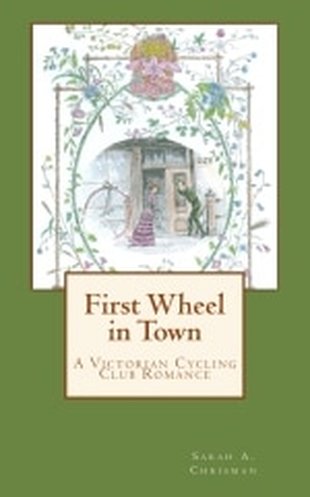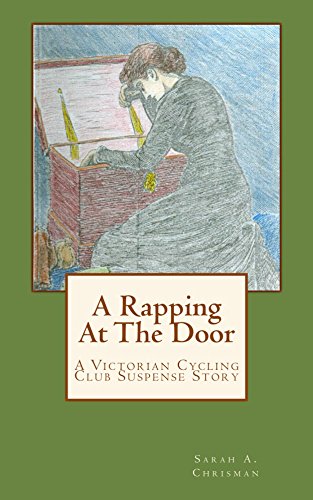Historical Article (1880)
A Plea for the Old-Fashioned Lavender
Mrs. H.E. White
The Gardener's Monthly and Horticulturalist
Vol. 22. No. 263 (November, 1880): p. 325.
...There is another flower, even dearer to me from the associations that cluster around it... and this much loved flower is the Lavender. It is called Lavendula from the Latin lavare, to wash - because the ancients used it in bathing and washing; and we all know the oil is used in medicine and perfumery. Lavender water and lavender tea are used to soothe the nervous and hysterical. These qualities give it a rank among doctors and perfumers. Now for its use in flower gardens. With its silvery, compact leaves, and purple blooms it makes a beautiful hedge, planted and trained and trimmed... I remember a garden I visited frequently while I was in Southern Europe, and to me, one of the sweetest, prettiest things in it, was a hedge tenderly guarding the flower beds, a hedge, all silver and purple, of modest, old-fashioned Lavender. Bring it from the kitchen garden and let it adorn our flower yards, where low hedges are wanted. In obsolete parlance to "lay in lavender" meant to lay away nicely and carefully, to keep sweet, showing that from time immemorial, lavender has been used to perfume clothing. Does not the dainty Keats tell us, in his "Eve of St. Agnes," of the "Lavender-scented sheets!" Does not its perfume bring to us a delicious dream of our childhood?
... We lay our loved dead, our holiest memories, to rest in sheets scented with Violets and Lavender; there is a holiness, a purity about these two modest, purple blooms, that no other fragrance can claim; other flowers smell stale after a time, these two always seem fresh and pure.
Lavender was, in old days, an emblem of affection, and Dryden as well as Keats, has embalmed it in verse.
"He from his lass, him Lavender hath sent,
Showing him love, and doth requittal crave."
Let us revive the ancient love and appreciation of this flower! Let it perfume our linen, our baths, and soothe our nerves with its fragrant tea. Let us honor our gardens with this ancient patrician plant that stands on its simple suit of silver and purple, and claims a place among flowers that gold and scarlet can never fill.
... We lay our loved dead, our holiest memories, to rest in sheets scented with Violets and Lavender; there is a holiness, a purity about these two modest, purple blooms, that no other fragrance can claim; other flowers smell stale after a time, these two always seem fresh and pure.
Lavender was, in old days, an emblem of affection, and Dryden as well as Keats, has embalmed it in verse.
"He from his lass, him Lavender hath sent,
Showing him love, and doth requittal crave."
Let us revive the ancient love and appreciation of this flower! Let it perfume our linen, our baths, and soothe our nerves with its fragrant tea. Let us honor our gardens with this ancient patrician plant that stands on its simple suit of silver and purple, and claims a place among flowers that gold and scarlet can never fill.
If you liked this page, you might also enjoy the following:
A Floral Flirtation (Poem—1889)
A Plea For the Old-Fashioned Lavender (1880)
Marguerite (Poem—1886)
Language and Sentiment of Flowers (1891)
Out-door Botanizing (1878)
***
Daily Challenges
Victoria, B.C., Canada: Downs and ups on an anniversary trip —or, How we were denied entrance to Victoria's most famous garden for dressing too decently, yet still managed to find many lovely flowers in much better places
***
Back to Historical Articles Index
***
Maintaining this website (which you are enjoying for free!) takes a lot of time and resources.
Please show your support for all our hard work by telling your friends about Sarah's books —and by buying them yourself, too, of course!
Tales of Chetzemoka
A Rapping At The Door:
A Victorian Cycling Club Suspense Story
(Fiction)
If you've found our website helpful,
please consider making a cash donation.
Your generous support helps us maintain this website and continue our outreach, so that we can keep teaching others about the history we love.
Everything helps and is appreciated!
Search this website:
***



